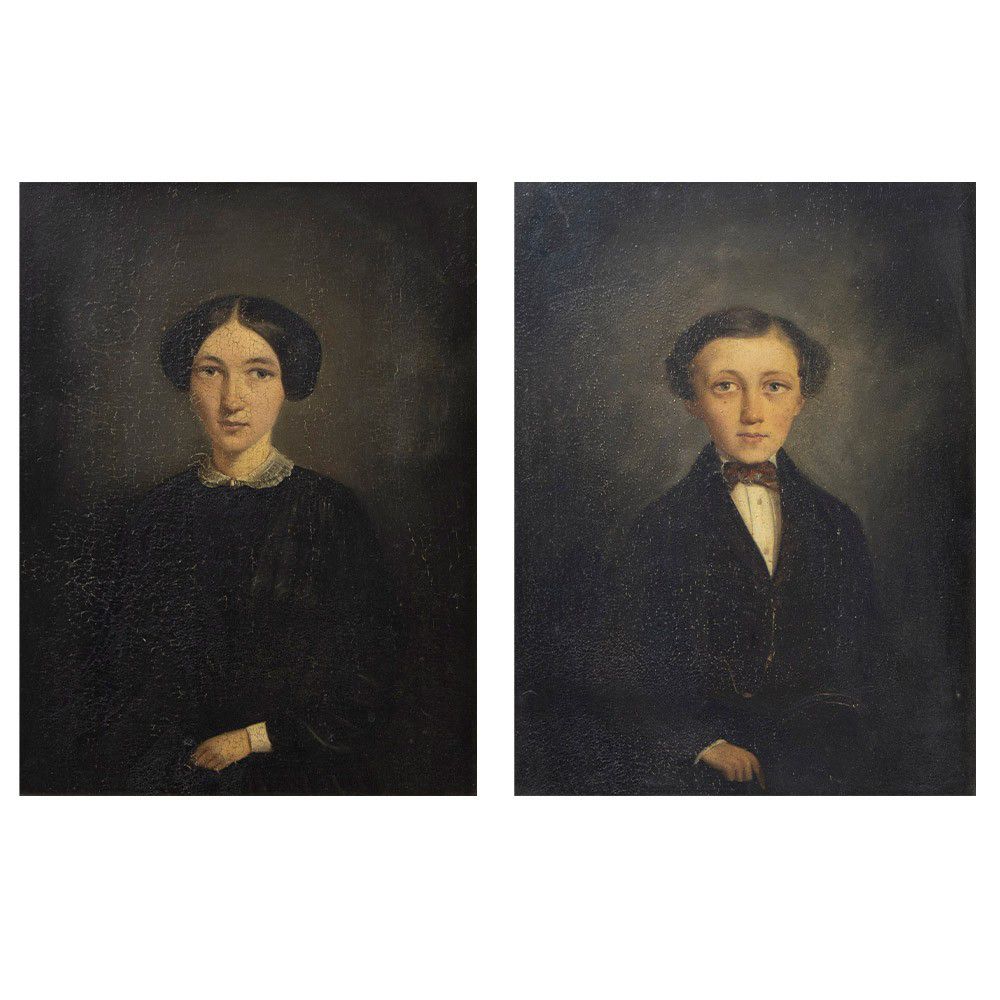Description
Jules Van Loo, oil on panel Portrait Hypolite Jeanmot - Van loo Jules Van Loo, olie op paneel Portret Hypoliet Jeanmot - Van loo 32 x 25 cm
923
Jules Van Loo, oil on panel Portrait Hypolite Jeanmot - Van loo Jules Van Loo, olie op paneel Portret Hypoliet Jeanmot - Van loo 32 x 25 cm
You may also like
